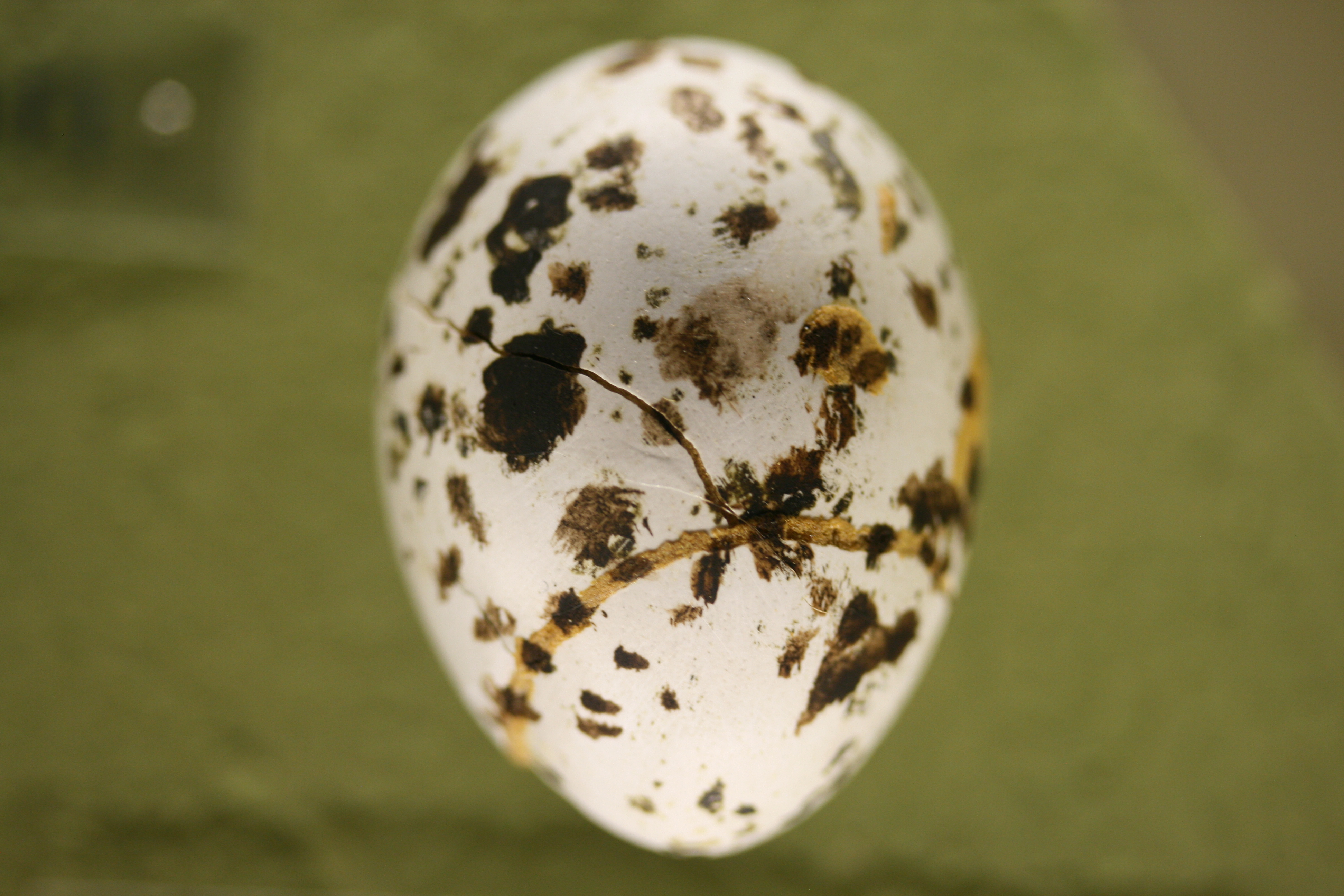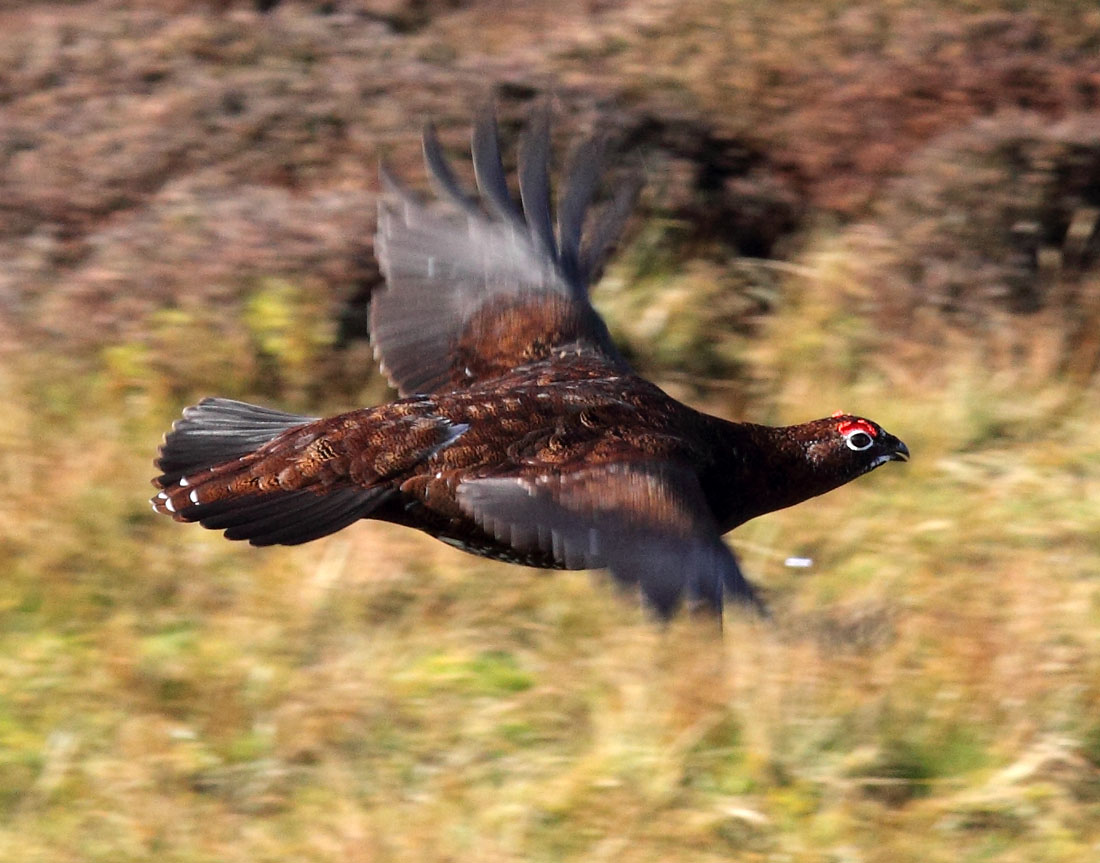Lagopus lagopus MWNH 2031.JPG on:
[Wikipedia]
[Google]
[Amazon]
''Lagopus'' is a small genus of birds in the grouse subfamily commonly known as ptarmigans (). The genus contains three living species with numerous described subspecies, all living in tundra or cold upland areas.
 The three species are all sedentary specialists of cold regions. Willow ptarmigan is a circumpolar boreal forest species, white-tailed ptarmigan is a North American
The three species are all sedentary specialists of cold regions. Willow ptarmigan is a circumpolar boreal forest species, white-tailed ptarmigan is a North American

Taxonomy and etymology
The genus ''Lagopus'' was introduced by the French zoologist Mathurin Jacques Brisson in 1760 with the willow ptarmigan (''Lagopus lagopus'') as the type species. The genus name ''Lagopus'' is derived from Ancient Greek (), meaning "hare
Hares and jackrabbits are mammals belonging to the genus ''Lepus''. They are herbivores, and live solitarily or in pairs. They nest in slight depressions called forms, and their young are able to fend for themselves shortly after birth. The ge ...
, rabbit
Rabbits, also known as bunnies or bunny rabbits, are small mammals in the family Leporidae (which also contains the hares) of the order Lagomorpha (which also contains the pikas). ''Oryctolagus cuniculus'' includes the European rabbit speci ...
", + (), "foot", in reference to the feathered feet and toes typical of this cold-adapted group (such as the snowshoe hare). The specific epithets ''muta'' and ''leucura'' were for a long time misspelt ''mutus'' and ''leucurus'', in the erroneous belief that the ending of ''Lagopus'' denotes masculine gender
In linguistics, grammatical gender system is a specific form of noun class system, where nouns are assigned with gender categories that are often not related to their real-world qualities. In languages with grammatical gender, most or all nouns ...
. However, as the Ancient Greek term is of feminine gender, and the specific epithet has to agree with that, the feminine ''muta'' and ''leucura'' are correct.
The English name ''ptarmigan'' comes from the Scottish Gaelic name for the bird, ([]), meaning “croaker”, which refers to the bird’s frog-like call. The p- was added due to a mistaken belief in a Greek origin, as if the word were related to the Greek word (''pterón''), 'wing'.
Description
alpine
Alpine may refer to any mountainous region. It may also refer to:
Places Europe
* Alps, a European mountain range
** Alpine states, which overlap with the European range
Australia
* Alpine, New South Wales, a Northern Village
* Alpine National Pa ...
bird, and rock ptarmigan breeds in both Arctic and mountain habitats across Eurasia and North America. With the exception of the red grouse (a subspecies of willow ptarmigan), all have a white winter plumage that helps them blend into the snowy background. Even their remiges
Flight feathers (''Pennae volatus'') are the long, stiff, asymmetrically shaped, but symmetrically paired pennaceous feathers on the wings or tail of a bird; those on the wings are called remiges (), singular remex (), while those on the tail ...
are white, while these feathers are black in almost all birds (even birds that are predominantly white, such as the Bali myna
The Bali myna (''Leucopsar rothschildi''), also known as Rothschild's mynah, Bali starling, or Bali mynah, locally known as jalak Bali, is a medium-sized (up to long), stocky myna, almost wholly white with a long, drooping crest, and black tip ...
) because melanin makes them more resilient and thus improves flight performance. The ''Lagopus'' grouse apparently found it easier to escape predators by not being seen than by flying away.
These are hardy vegetarian birds, but insects are also taken by the developing young. In all species except for the willow ptarmigan, the female takes all responsibility for nesting and caring for the chicks, as is typical with gamebirds.
Species
The genus contains three species:
Fossil record
Twoprehistoric
Prehistory, also known as pre-literary history, is the period of human history between the use of the first stone tools by hominins 3.3 million years ago and the beginning of recorded history with the invention of writing systems. The use of ...
species and two paleosubspecies
A chronospecies is a species derived from a sequential development pattern that involves continual and uniform changes from an extinct ancestral form on an evolutionary scale. The sequence of alterations eventually produces a population that is p ...
are only known from fossils:
* ''Lagopus atavus'' ( Early Pliocene of Bulgaria? - Late Pliocene)
* ''Lagopus balcanicus'' (Late Pliocene of Varshets
Varshets ( bg, Вършец, variously transliterated; ) is a spa town in Montana Province, northwestern Bulgaria. It is the administrative centre of the homonymous Varshets Municipality. As of December 2019, its population is 5,444. The town ...
, Bulgaria)Boev, Z. 1995. Middle Villafranchian birds from Varshets (Western Balkan Range - Bulgaria). - In: Peters, D. (ed.). Acta palaeornithologica. 3. Symposium SAPE. 5. Internat. Senckenberg-Konferenz 22–26 Juni 1992. - Courier Forschungsinstitut Senckenberg. Frankfurt a. M., 181: 259-269.
* ''Lagopus lagopus noaillensis'' ( Pleistocene of W Europe)
* ''Lagopus mutus correzensis'' (Pleistocene of W Europe)
References
* Madge, Steve; McGowan, Philip J. K. & Kirwan, Guy M. (2002): ''Pheasants, partidges and grouse : a guide to the pheasants, partridges, quails, grouse, guineafowl, buttonquails and sandgrouse of the world''. Christopher Helm, London. {{Taxonbar, from=Q162029 Bird genera Provincial symbols of Newfoundland and Labrador